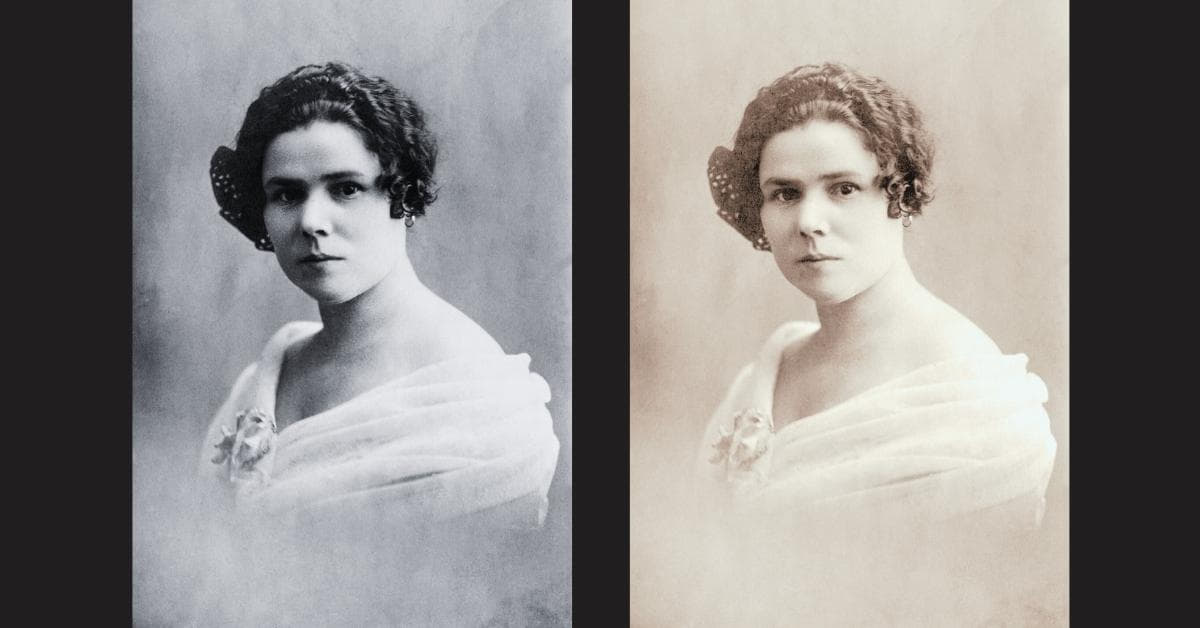Photographs are more than just images; they are glimpses into the past, frozen moments in time that hold sentimental value. Old photos, though cherished, may deteriorate over the years due to various factors such as fading, creasing, or discoloration. Fortunately, there are ways to breathe new life into these timeless treasures. In this article, we will explore the art of improving old photos, from the basics of photo restoration to advanced techniques. Whether you are a photography enthusiast or a history buff, you can transform those aging pictures into vibrant memories.
Assess the Damage
Before you embark on the journey of photo restoration, it’s essential to assess the condition of your old photographs. This step will help you understand the level of restoration required. Look for signs of fading, creases, tears, and discoloration. Identify any stains or mold, as these can be crucial in determining the course of action.
Gather Your Tools
To improve old photos, you’ll need a few essential tools:
- High-resolution scanner: Invest in a quality scanner to create digital copies of your old photos.
- Photo editing software: Software like Adobe Photoshop or GIMP is indispensable for photo restoration.
- Gloves: Wear gloves to prevent further damage from skin oils.
- Soft, lint-free cloths: These are used to clean the photographs gently.
Basic Photo Restoration
Basic Photo Restoration is the essential first step on the journey to revive old and cherished photographs. In this section, we will guide you through the fundamental techniques to repair minor damage, eliminate imperfections, and restore the visual charm of your aging pictures.
a. Scan the Photos
Carefully scan the old photos at a high resolution to capture as much detail as possible. Save the digital copies on your computer.
b. Digital Cleanup
Using photo editing software, start by removing dust and scratches. This can often be done with a healing brush or clone stamp tool. Be cautious and work on a duplicate layer to preserve the original.
c. Adjust Color and Contrast
Many old photos suffer from color shifts or poor contrast. Correct these issues by adjusting levels, curves, and color balance. Aim for a natural and lifelike appearance.
d. Repair Tears and Creases
To fix tears or creases, use the clone stamp or healing brush to blend the damaged areas with the surrounding parts of the image.
Advanced Photo Enhancement
For more complex restoration projects, consider seeking professional help, as advanced techniques require a deeper understanding of photo restoration software. Professionals can repair extensive damage, reconstruct missing parts, and enhance fine details.
Preservation Tips
Once your old photos are restored, it’s crucial to preserve them for future generations. Here are some preservation tips:
- Store them in acid-free, archival-quality photo albums.
- Keep photos away from direct sunlight and extreme temperatures.
- Make digital backups of your restored photos to ensure their longevity.
FAQs
Q1: Can I restore old photos at home, or should I seek professional help?
A1: You can perform basic photo restoration at home using readily available tools and software. However, for extensive damage or advanced restoration, it’s advisable to consult a professional.
Q2: How can I prevent further deterioration of my old photos?
A2: Store your photos in a cool, dry place, away from direct sunlight and humidity. Acid-free photo albums and sleeves also help protect them.
Q3: Is it possible to colorize black and white photos?
A3: Yes, black and white photos can be colorized using photo editing software. This process involves adding colors manually to various elements in the image.
Q4: How can I create digital backups of my restored photos?
A4: Save your restored photos in a digital format, preferably in a cloud storage service or on an external hard drive. This ensures that your hard work is preserved.
Conclusion
Improving old photos is not only a way to preserve precious memories but also a creative and rewarding endeavor. With the right tools and techniques, you can bring faded, damaged photos back to life, ensuring that they continue to be cherished for generations to come. Remember to handle these treasures with care and consider seeking professional assistance for more intricate restoration projects. Your efforts will be well worth it as you breathe new life into your cherished memories.
This page was last edited on 20 February 2024, at 2:53 pm
